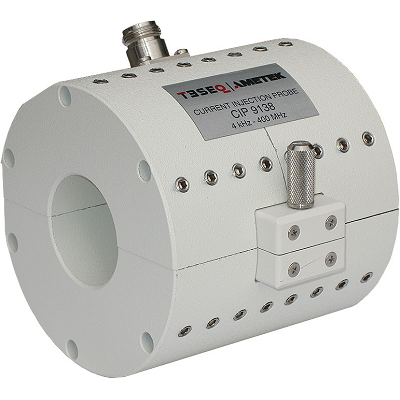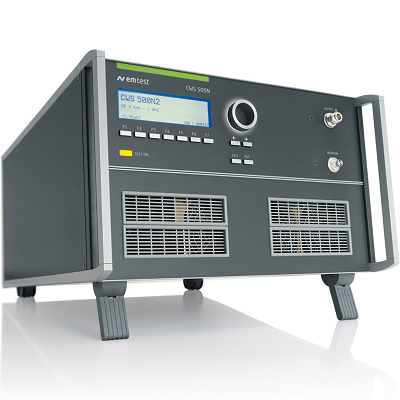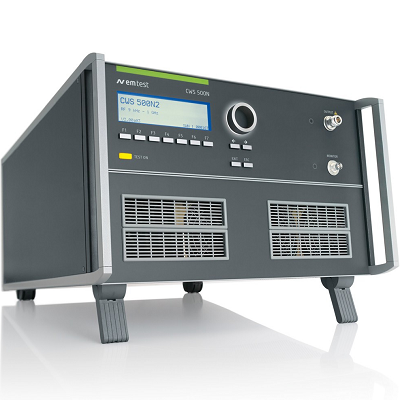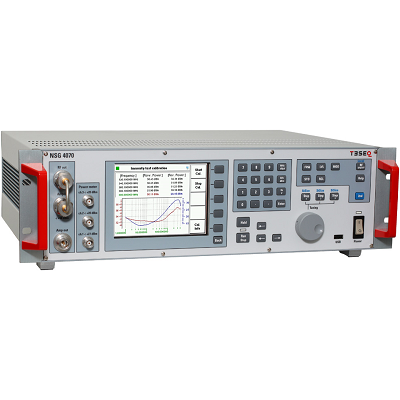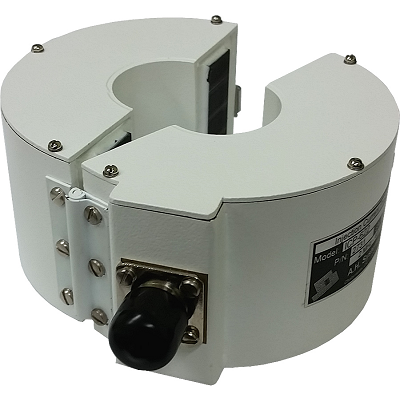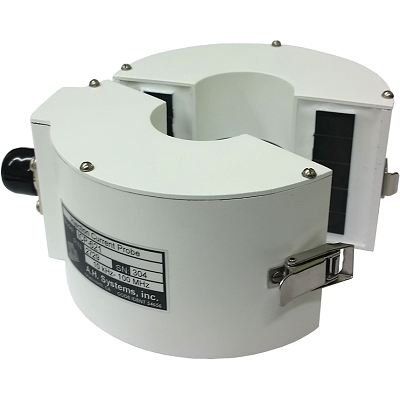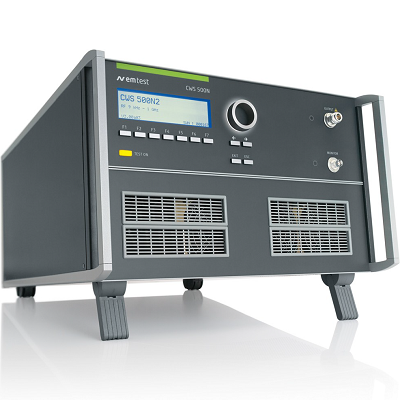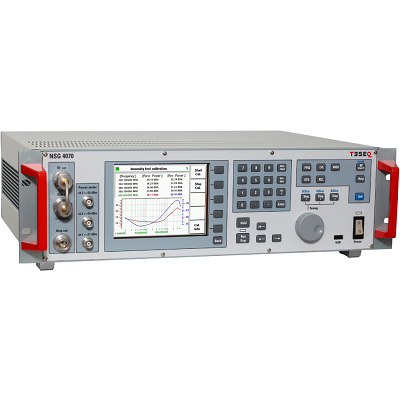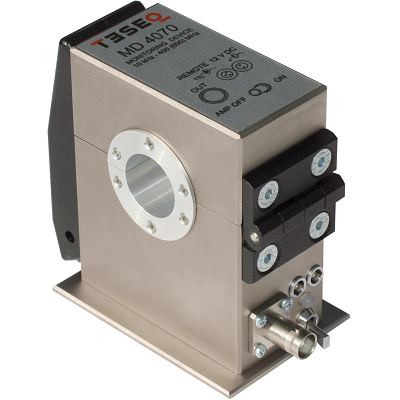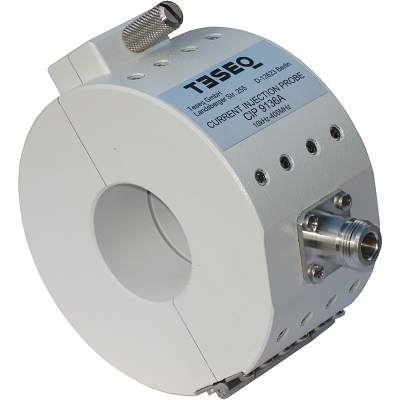MIL-STD 461 CS114
DEPARTMENT OF DEFENSE INTERFACE STANDARD MIL-STD 461 CS114 Conducted Susceptibility, Bulk Cable Injection This test procedure is used to verify the ability of the EUT to withstand RF signals coupled onto EUT associated cabling. Applicability This requirement is applicable from 10 kHz to 200 MHz for all interconnecting cables, including power cables. For EUTs intended to be installed on ships or submarines, an additional common mode limit of 77 dBμA is applicable from 4 kHz to 1 MHz on complete power cables (highs and returns - common mode test). Limit The EUT shall not exhibit any malfunction, degradation of performance, or deviation from specified indications beyond the tolerances indicated in the individual equipment or subsystem specification, when subjected to an injection probe drive level which has been pre-calibrated to the appropriate current limit shown on Figure CS114-1 and is modulated as specified below. The appropriate limit curve on Figure CS114-1 shall be selected from Table VI. Requirements are also met if the EUT is not susceptible at forward power levels sensed by the directional coupler that are below those determined during calibration provided that the actual current induced in the cable under test is Curve 5 = 115 dBμA, Curve 4 = 103 dBμA, Curve 3 = 95 dBμA, Curve 2 = 89 dBμA and Curve 1 = 83 dBμA across the frequency range. Test EquipmentPreview Standard
- Measurement receivers
- Current injection probes (maximum and recommended minimum insertion loss shown on Figure CS114-2)
- Current probes
- Calibration fixture: coaxial transmission line with 50 ohm characteristic impedance, coaxial connections on both ends, and space for an injection probe around the center conductor.
- Directional couplers
- Signal generators
- Plotter
- Attenuators, 50 ohm
- Coaxial loads, 50 ohm
- Power amplifiers
- LISNs


